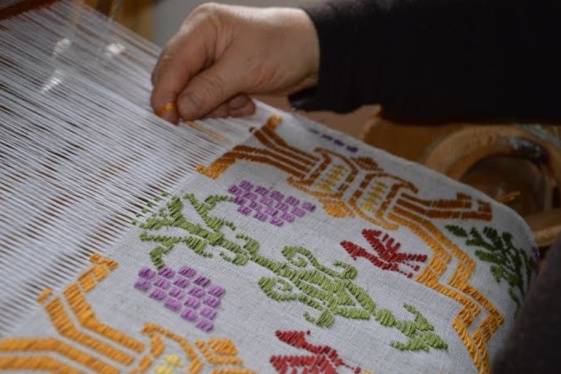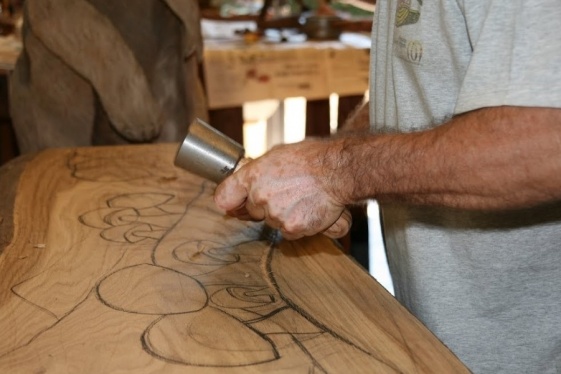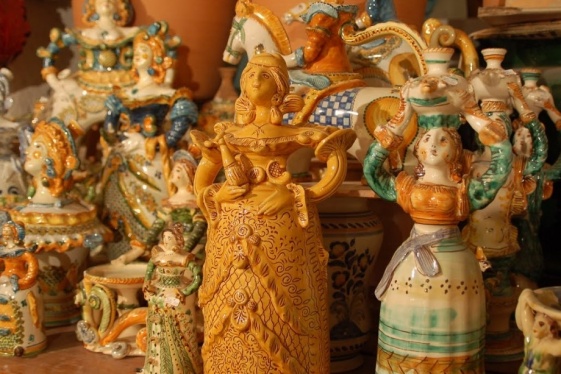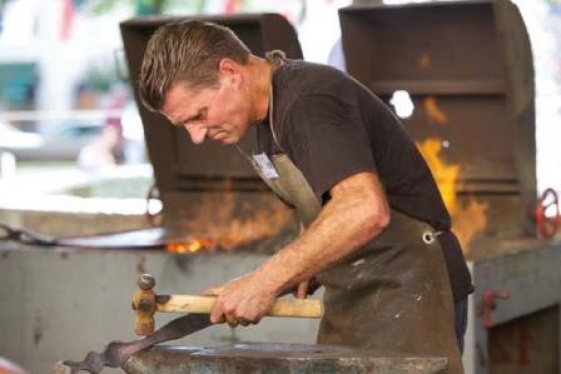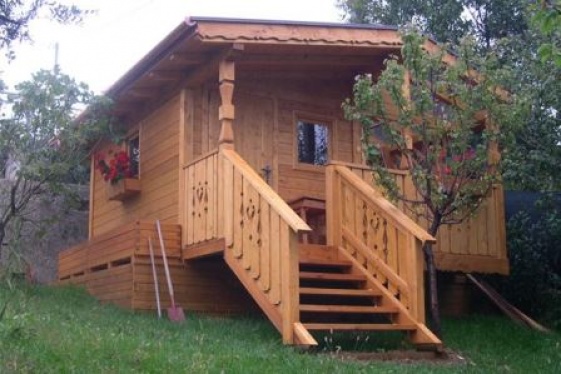Italian handcrafts: The Straw Hats of Signa
The weaving of plant fibres is one of humanity’s most ancient activities, and takes inspiration from nature and has been used over time to create a wide variety of containers and hats that protect against the sun’s glare. In Signa in 1714, Domenico Michelacci, known as Bolognino, began to cultivate 'grano marzuolo', a variety of wheat with small ea...
READ MOREItalian handcrafts: The Textiles of Longobucco
The origins of weaving in Longobucco are ancient and common to other areas of Calabria. It is said that inhabitants of the coasts of Calabria were taken as prisoners in raids by Turkish pirates. After a long period spent in the countries of the east, some women managed to return to their places of origin and brought with them the art of weaving, an...
READ MOREItalian handcrafts: The Wood of Cuneo
The greatest concentration of wood companies in the province of Cuneo is located in Valle Varaita, a valley that is home to around 90 firms actively producing furniture and fixtures, as well as toys and musical instruments. Furniture manufacturing, which was strengthened between the 1950s and 1970s with the rustic “Valle Varaita” style, experienced...
READ MOREItalian handcrafts: Grottaglie Ceramics
For centuries, Grottaglie, a small town in the province of Taranto, has been the site of flourishing artisanal ceramic production closely linked to the richness of the clay typical of this region. Up until the last century, it was possible to find dozens of ceramic objects in every home in Grottaglie. These were “ceramics for use”, completely unrel...
READ MOREItalian handcrafts: The Hats of Montappone
The traditional activity of the hat district is concentrated around the Marche region and more specifically in the towns of Montappone and Massa Fermana.It began in 1300 when hats were used exclusively for farming activities. Grain harvesting produced straw, which was then braided to be used as a raw material for making “straw hats”.
READ MOREItalian handcrafts: The Wrought Iron of Campobasso
WTI Magazine #60 2015 May, 15Author : Unioncamere Translation by: The iron age came after the stone and bronze ages and dates back to 1000 BC. The use of iron spread more slowly, however, because it was only understood much later that the molten mass obtained in the first stone furnaces needed to be heated again to produce the pliabl...
READ MOREItalian handcrafts: The carpets of sardinia
WTI Magazine #58 2015 April, 17Author : Unioncamere Translation by: In the Oristano area, as in many Sardinian towns, the craft of weaving has always been the prerogative of women, at first mostly for domestic purposes and later as a business activity. The first type of production was mainly to provide for girls' dowries and was woven a...
READ MOREItalian handcrafts: Shoemaking in Macerata
WTI Magazine #62 2015 June, 12Author : Unioncamere Translation by: In the summer of 1325, the process for the canonisation of St. Nicholas of Tolentino took place in some towns in the Marche. 371 witnesses from various socila backgrounds were invited to testify in the presence of the papal legates, who were to receive news and testim...
READ MOREItalian handcrafts: The Zampognas of Scapoli
WTI Magazine #57 2015 April, 3Author : Unioncamere Translation by: The origins of bagpipes are lost in the mists of time: in the prehistoric era there is evidence of wind instruments made of pipes with holes and reeds to modulate the sound. The presence of similar flutes spread through the various villages of the Mediterranean area f...
READ MOREItalian handcrafts: The woodwork of Trentino
WTI Magazine #68 2015 September, 18Author : Unioncamere Translation by: For centuries, wood was the raw material that every mountain community relied on to meet the needs of everyday life. In its most traditional forms, woodworking is the most direct response that people were able to find for their everyday needs. Over time, this imm...
READ MORE



